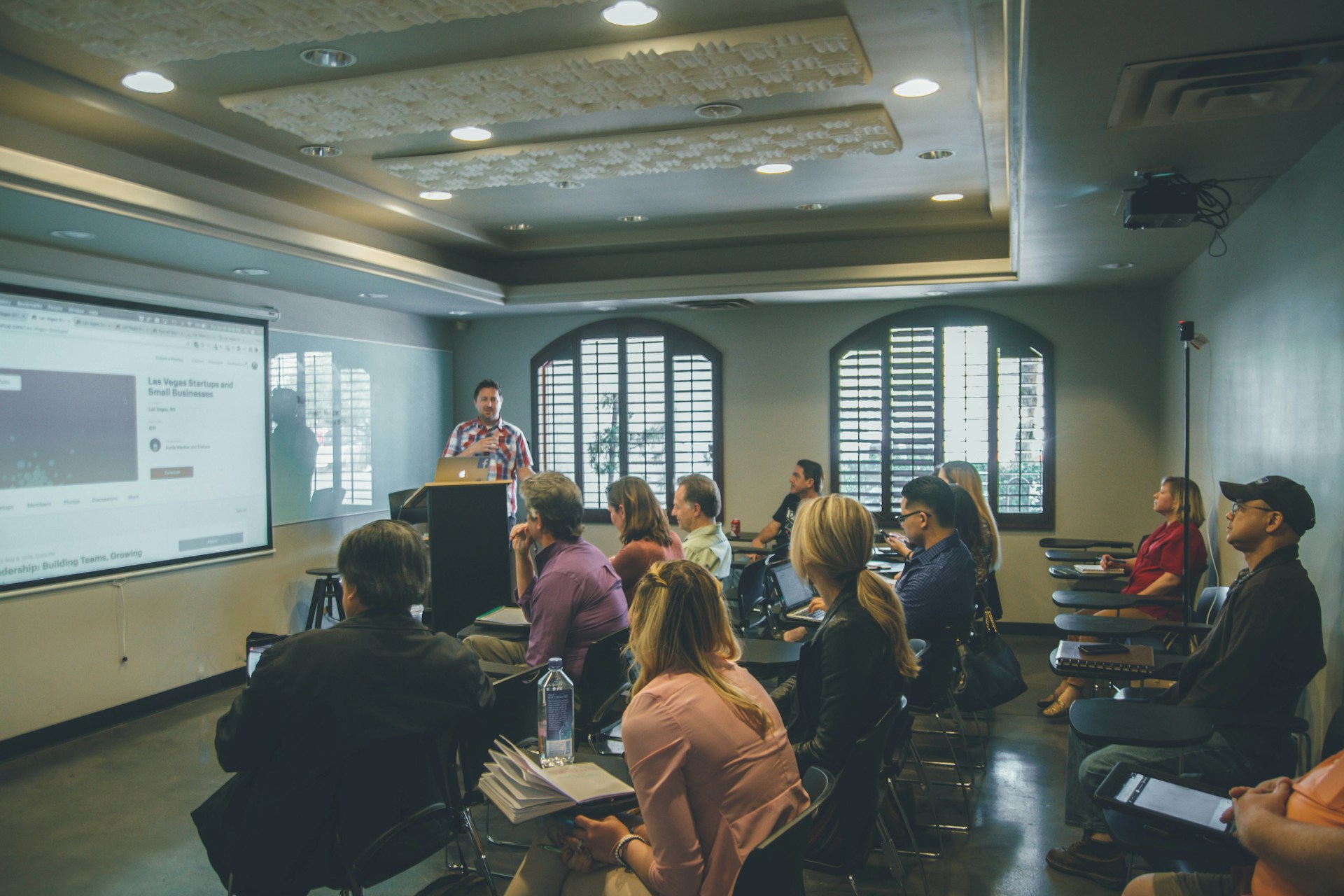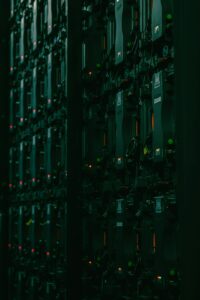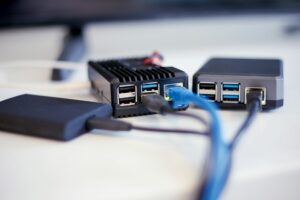In what ways is innovation helping to close the education gap?

In what ways is innovation helping to close the education gap?
The ability to get a high-quality education continues to be seen as a luxury rather than a right in many regions of the globe. Learning remains out of reach for millions of children and people due to a lack of resources, constraints imposed by geography, or difficulties posed by socioeconomic conditions. On the other hand, an extraordinary event has been taking place during the last several years. This gap is gradually being closed as a result of innovation, which includes the implementation of community-driven solutions, new teaching methods, and technological advancements. This is bringing education to areas and individuals who were previously excluded from it.
Learning without walls is the result of the digital revolution.
There is a possibility that technology is the most influential factor in changing access to education. Knowledge is no longer restricted to classrooms with the proliferation of mobile devices such as smartphones and laptops, as well as high-speed internet. The same online platforms that are available to students in large cities are now also available to kids in underprivileged areas, refugee camps, and isolated villages. These students may now study mathematics, literature, and coding.
Online academies, video-based courses, and mobile learning applications are examples of learning platforms that are causing a shift in the educational landscape. Students are able to study at their own speed, review previously learned material whenever it is necessary, and investigate topics that go beyond the scope of the standard curriculum. The most significant thing is that many of these tools are now being made available in local languages, on applications that use a modest amount of data, and even offline, which makes them more accessible than they have ever been before.
Individualized Instruction for Each and Every Student
Education delivery has also been altered as a result of innovation, not merely in terms of location. A “one-size-fits-all” approach is often used in traditional classroom models, which may result in a significant number of pupils falling behind. A student’s progress and performance are taken into account by adaptive learning software, which use artificial intelligence to modify the lessons that are being taught. Learners who go more slowly are able to take their time, while those who progress more quickly are not slowed down.
The use of artificial intelligence-driven tutoring tools or virtual teaching assistants may help fill the void in regions where there is a scarcity of teachers. Teachers are not replaced by these technologies; rather, they are supported by them by reducing the amount of work they have to do and enabling them to concentrate more on one-on-one engagement with students who have the greatest need for it.
Innovation in the Community: Providing Local Solutions to Meet Local Needs
Innovation is not always a digital process. There are certain tactics that are very successful that originate from the communities themselves. Programs that are run by local women educators are helping to break down cultural barriers in nations where girls are less likely to attend school than boys. These temporary schools, which are constructed out of shipping containers or community centers, are providing children in areas that have been affected by violence or tragedy with a place to learn when all else has been destroyed.
The use of mobile libraries or book bikes to offer reading material to children who would not otherwise have the opportunity to touch a storybook is another example of grassroots programming. These programs include retired professionals volunteering their time as mentors and tutors. In spite of the fact that these solutions are low-tech, they have a significant effect, and they demonstrate that innovation is not necessarily about creating showy devices. The key is to meet individuals where they are in their lives.
Using Training and Tools to Help Bridge the Gap in Teacher Education
The scarcity of instructors who have received enough training is a significant obstacle in the field of education, particularly in developing regions. The provision of remote workshops, peer-learning communities, and interactive online training courses are some of the innovative approaches that innovative teacher training programs are using to solve this issue. The use of smartphones and tablets has made it possible for educators to have access to information for professional development, acquire new teaching practices, and establish connections with mentors located all over the world.
By just tapping a few buttons, several applications enable educators to develop fast lesson plans or monitor the performance of their students. There are others who provide advice on how to manage classrooms with students of varying abilities or limited resources. The empowerment of teachers is just as important as the education of pupils, since the minds that instructors mold develop in tandem with the teachers themselves.
Creating Education That Is Not Only Accessible But Also Equitable
Not only does innovation include providing everyone with access to the same resources, but it also involves understanding that different learners have different requirements and building systems that are able to meet those needs. Screen readers, speech-to-text tools, and interactive visual aides are examples of assistive technology that may open up whole new learning opportunities for students who have impairments. Adults who are employed or parents may get degrees via flexible online evening sessions, which allow them to finish their degrees without affecting their careers or their families.
This type of innovative thinking that takes into account everyone’s needs is what genuinely helps to close the education gap. Rather than only focusing on access, it tries to achieve equality, which means that every student, regardless of their background, is given a genuine opportunity to be successful.
A Future That Is Full of Dreams
There are many educational challenges that cannot be solved immediately by innovation. On the other hand, it is already doing more than we could have conceived of ten years ago. Classrooms that are powered by solar energy in remote areas of Africa and coding bootcamps for refugees are just two examples of the seeds of change that have been sown. These days, the issue that has to be asked is not “Can we close the education gap?” but rather “How quickly can we do it?” The more we put money into solutions that are innovative, flexible, and focused on people, the closer we come to a future in which education is really accessible to all people, regardless of where they are located.







